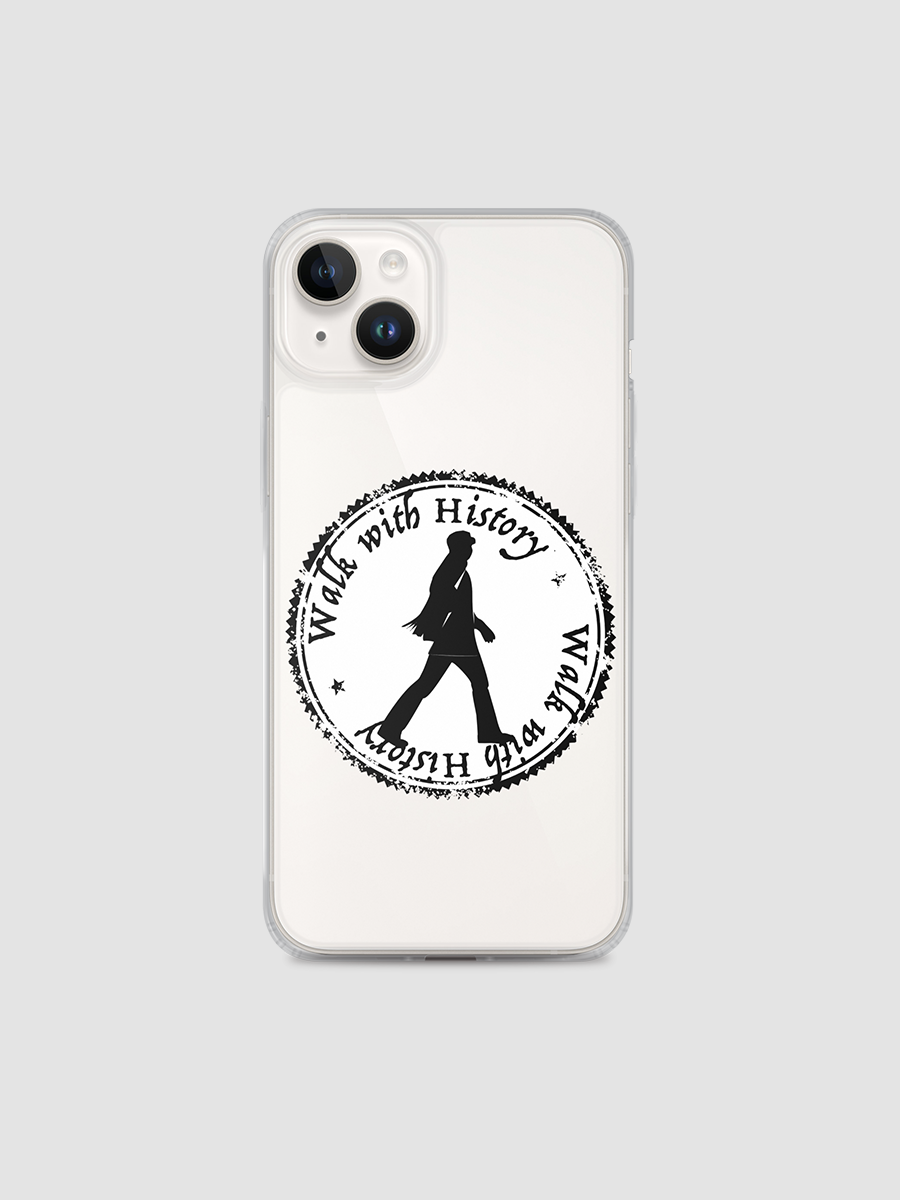- The History Newsletter
- Posts
- Love, the P-51 Mustang, and a real life Superhero
Love, the P-51 Mustang, and a real life Superhero

Raise your hand if you liked Top Gun Maverick as much as us! We have all probably seen statues being taken down these past few years...but there is a new one going up - and it's a good one. Lastly, let us know if you ever rode in a 'tunnel of love' like our last article. 😉 ❤️

How the U.S. Military Almost Rejected the One of the Best Fighters of WW2
Like many things in the WW2 era, the P-51 was built and designed in response to wartime demands - specifically in response to a requirement of the British Purchasing Commission. With multiple variations that steadily increased its performance at altitude, this iconic aircraft is considered by many to be the weapon that essentially defeated Hitler.
A deadly javelin of unprecedented speed and agility, its powerful Rolls-Royce Merlin engine gave it a top speed of well over 400 mph and a prodigious endurance with a range of more than 2,000 miles. The Mustang was a falcon in Duralumin alloy.
However this aircraft almost never left the United States due to political cronyism and a reluctance to let anything that was made in America...not be "made in America". Great read and interesting history of this amazing fighter.
It's hard to understate how iconic the P-51 is, so here's a video to get you even more jazzed on it:
Other links of interest:

Statue being erected to Henrietta Lacks - a real life Superhero
This one caught our eye because we visited the home town and gravesite of this real life super hero.
Her cells — nicknamed "HeLa" cells, from the first two letters of her first and last names — were (and still are) used to study the effects of toxins, drugs, hormones and viruses on the growth of cancer cells without experimenting on humans. They have been used to test the effects of radiation and poisons, to study the human genome, to learn more about how viruses work, and played a crucial role in the development of the polio and COVID-19 vaccines.
Little was known about Lacks' impact on modern medicine outside the medical community until author Rebecca Skloot's 2010 book about her life, "The Immortal Life of Henrietta Lacks."
In 1951, Lacks, a Black mother of five receiving treatment for cervical cancer at John Hopkins Hospital, was undergoing radium treatments when tissue from her cancer was removed and sent to another doctor's lab without her consent. The hospital says on its website...
The collection and use of Henrietta Lacks' cells in research was an acceptable and legal practice in the 1950s, such a practice would not happen today without the patient's consent.
While nothing was done illegally (at the time) her story does raise vital conversation. Another interesting part of her soon to come statue?
What do you think? (shoot us a reply and let us know!)
Other links of interest for Black History Month:

Brown v Board of Education, the integration of the schools in Little Rock, Arkansas...famous desegregation events. As well known as those are, many may not know about the Supreme Court case that reversed the ban of marriage segregation - Loving v Virginia.
More people should know this story.
You may have picked up on the 80's vibe we went with with #Historic. Well you are in luck with the below podcast...it's amazing! The linked episode on Calvin and Hobbes pulled at every single one of my heart strings.

Scandalous History of the Tunnel of Love
With Valentine's Day this month, we couldn't pass up sharing a piece of historic Americana that just makes you smile. Some say that this ride originated in Venice canals, but in the United States is first became commonly known by the name: 'Old Mill'.
Those early rides weren't actually romantically themed either.
Even if the theming wasn’t overtly romantic, many riders didn’t need an excuse to cuddle close to their seat-mate. Old Mill rides gained popularity at a time when unchaperoned dates between young people were still viewed as risqué.
Are you shocked that kids found a way to "cuddle"? The public reaction and even how some parks tried to deter riders is hilarious.
Other links of interest:
A labour of love (podcast by Simon Sinek)
History Nerd gear
We are offering these brand new designs to our fellow history nerds out there. Let us know what you think! (plus we'll give you a shout out on the podcast if you get something) 😉
Thank you for reading this first edition of #Historic. Please forward to anyone you think that may find this as interesting as you do and help us grow.


